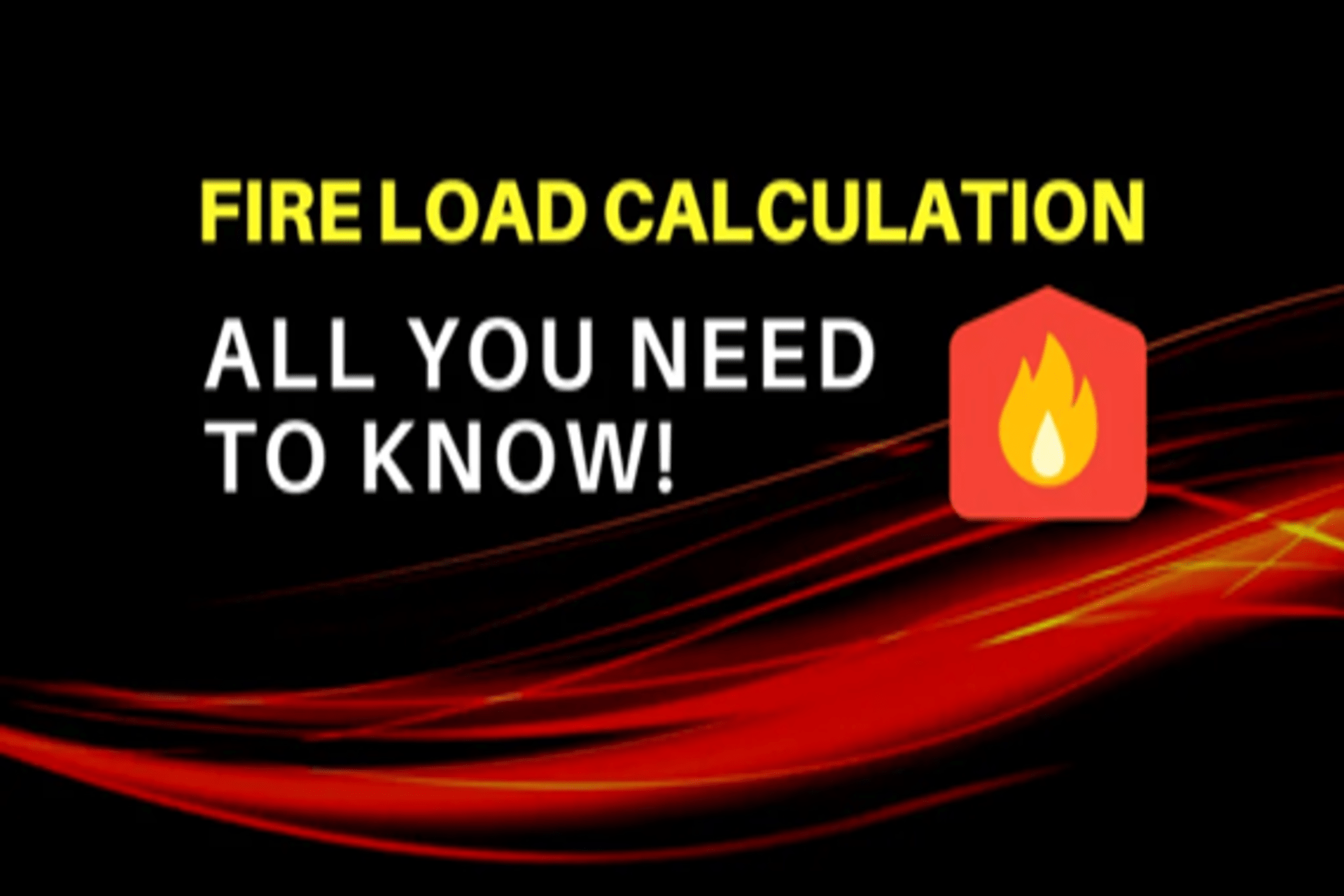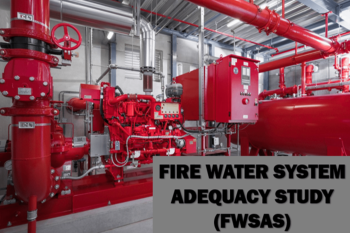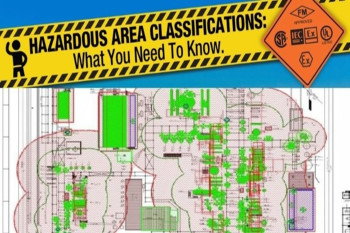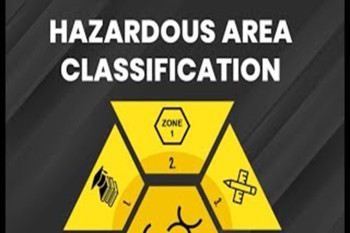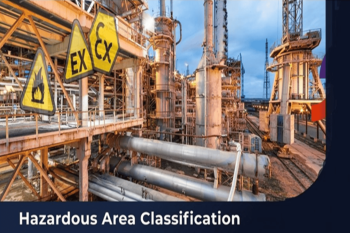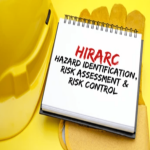METHODOLOGY FOR FIRE LOAD CALCULATION
1. Proposed Methodology
1.1. Introduction
Fire load calculation is a critical aspect of fire safety and risk assessment in buildings and industrial facilities. The fire load represents the total amount of combustible materials within a given space, and calculating it is essential for determining the potential severity of a fire.
Fire load calculation for tanks involves assessing the potential fire hazard presented by the contents of the tanks. The methodology varies depending on the type of material stored in the tanks (flammable liquids, gases, etc.)
Different materials having the same weight and same calorific value may present different hazards on account of their other properties, such as ease of ignition, speed of burning, and liberation of heat and fumes. Thus, some materials are more readily ignited than others, again, some burn more rapidly than others, some materials when heated on fire liberate dangerous fumes, and some may readily cause ignition of other materials.
Fire load calculations contribute to designing appropriate fire suppression systems, evacuation plans, and structural fire protection features.
Fire load calculations enhance life safety by assessing the potential impact of a fire on occupants within a building or facility. This includes considering factors such as the rate of fire growth and the production of toxic gases during combustion.
1.2. Methodology
These steps are illustrated in the flowchart below
Sharing the list of Documents Required: Providing a comprehensive list of necessary documents for Fire Load Calculation like Inventory of Materials, Material Safety Data Sheets (MSDS), Material Combustibility and Heat Release Rate Data etc.
Review of the Documents required
Identification of Materials: Identify the materials stored in the tanks. Different materials have different heat release rates and combustion characteristics.
Determination of Quantities: Measure or estimate the quantities of each material stored in the tanks. This could be in terms of volume, mass, or other appropriate units.
Heat Release Rates (HRR): Determine the heat release rates for each material. This information is often available from fire engineering handbooks, laboratory tests, or fire testing data specific to the materials in question.
Classification of fire-load: There shall be three classifications for fire-load and as usually they are low, medium and high. So, in order to identify the fire load classification, there shall be some classification i.e.,
Low Fire load: < 2, 75, 000 KCal/Sq.mt
Medium Fire load: 2, 75, 000 - 5, 50, 000 KCal/Sq.mt
High Fire load: > 5, 50, 000 KCal/Sq.mt
Calculation of Fire Load: Multiply the quantity of each material by its corresponding heat release rate to determine the heat release contribution from that material. Sum up the individual contributions to obtain the total fire load for all materials in the tanks.
Conversion Factors: Ensure that all quantities and heat release rates are in consistent units. Common units include kilograms, megajoules, or kilowatts.
Protection Measures: Assess existing fire protection measures for the tanks, such as automatic fire suppression systems, and consider their effectiveness in mitigating fire risk.
Figure 1:Fire Load Calculation Flow sheet
1.3. Project Deliverables
Table 1: FIRE LOAD CALCULATION Study
1.4. Guideline for FIRE LOAD CALCULATION Study
IS:1641 CODE OF PRACTICE FOR FIRE SAFETY OF BUILDING (GENERAL): GENERAL PRINCIPLES OF FIRE GRADING AND CLASSIFICATION
DISCLAIMER
HSE Risk Management Services Private Limited accepts no liability or responsibility whatsoever for it in respect of any use of or reliance upon this Methodology by any third party.
Copying this Methodology without the permission of HSE Risk Management Services Private Limited is not permitted.
